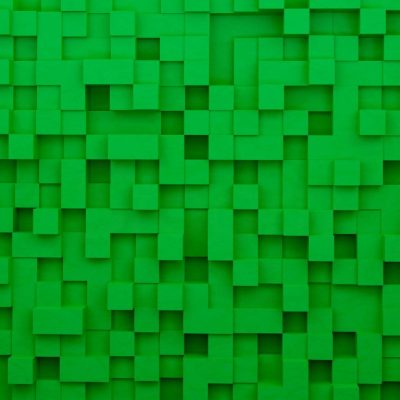If you’ve ever used an Enchanting Table in Minecraft, you’ve probably noticed the strange symbols floating on the screen. They look mysterious and have nothing to do with the English alphabet. So, what exactly is this language? Can you actually read it?
Let’s break it down and make sense of the Minecraft Enchanting Table language in a way that’s easy to understand.
What Is the Enchanting Table Language?
The symbols you see on the Enchanting Table are not random scribbles. They come from something called the Standard Galactic Alphabet (SGA) — a fictional writing system originally created for an old video game series called Commander Keen.
Minecraft later adopted it to give the Enchanting Table a magical, secretive feel. Other games and shows, like Quake 4, Futurama, and Star Wars, have used similar alien-style alphabets for the same reason — to make the world feel more mysterious.
How to Read the Enchanting Table Language
At first glance, it looks impossible to read. But it’s actually simple once you know how it works. Each SGA symbol represents a letter in the English alphabet. There are no uppercase or lowercase versions, and the spacing works just like normal English text.
Here’s how you can decode it:
- Take a screenshot of your Enchanting Table screen in the game.
- On Java Edition, press F2.
- On Windows, press Win + PrtSc.
- On consoles or mobile, use your device’s screenshot feature.
- Compare the symbols with an SGA alphabet chart (you can easily find one online).
- Match each symbol to its English letter.
- Write down the translation — though you’ll soon notice many of the “words” don’t actually mean anything.
- Or use an online translator.
- Try free tools like LingoJam’s SGA Translator or the Standard Galactic Alphabet app on Android and iOS.
- Just paste the symbols, and it’ll show the English equivalent instantly.
These translators are great if you just want to have fun or send secret messages to friends in Minecraft-style code.
Do the Words Actually Mean Anything?
Not really. The text on the Enchanting Table doesn’t affect the enchantment you’ll get. The words are just there for decoration — random picks from a preset list.
This list includes a mix of regular English words like fire, darkness, or beast, and a bunch of nonsense or reference terms such as:
- Xyzzy – a famous magic word from an old computer game (Colossal Cave Adventure).
- Embiggen – a funny word from The Simpsons meaning “to make bigger.”
- Klaatu niktu – a movie reference from The Day the Earth Stood Still.
- Phnglui mglwnafh Cthulhu R’lyeh wgah’nagl fhtagn – a line from H.P. Lovecraft’s The Call of Cthulhu, meaning “In his house at R’lyeh, dead Cthulhu waits dreaming.”
These were added as fun Easter eggs, not as part of the game mechanics.
Why Does Minecraft Use This Language?
The Enchanting Table language adds mystery and magic to the game. It doesn’t change gameplay or influence enchantments in any way, but it gives the enchanting process a unique, mystical atmosphere.
The developers likely included it to make players curious and encourage discovery — and it worked! Over the years, fans have translated, decoded, and even started using SGA to write secret messages or custom signs in real life and online.
In Short
- The Enchanting Table language is called Standard Galactic Alphabet (SGA).
- It replaces each English letter with a unique symbol.
- The words you see don’t affect the enchantment; they’re random and mostly meaningless.
- You can translate them using charts or online tools like LingoJam.
- Some words are hidden references to games, movies, and books.
Conclusion
While the Enchanting Table language in Minecraft doesn’t hold any real power, it adds a fascinating touch of mystery to the game. Learning to read it can be a fun little side quest — especially if you love uncovering secrets hidden in plain sight.
So next time you open the Enchanting Table and see that strange text glowing on your screen, remember — you’re not looking at gibberish. You’re looking at a piece of gaming history that connects Minecraft to decades of creative storytelling.







